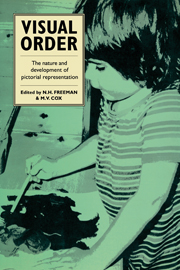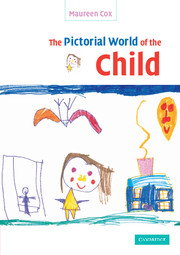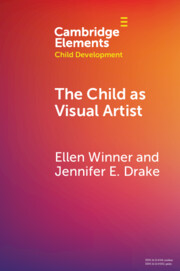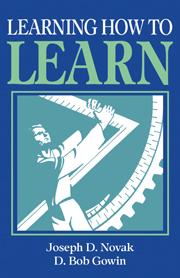Visual Order
This collection brings together and integrates topical research on the nature and development of pictorial representation by twenty investigators - psychologists, artists and educationalists from several countries. Four themes dominate the book: What is a picture, and what makes a picture successful? What mental apparatus is called into play by the person who tries to draw? What information do children typically try to capture in a range of conditions, both normal and abnormal? How accurate can we expect children to be in pursuit of their own graphic goals? In the ten years leading up to the book's publication in 1985, major advances had been made in the scientific study of line drawing and this book presents many exciting insights into this field at the point of its development.
Product details
January 2010Paperback
9780521127097
412 pages
229 × 152 × 23 mm
0.6kg
Available
Table of Contents
- List of contributors
- Preface
- Introduction N. H. Freeman and M. V. Cox
- 1. How meaning covers the traces Alan Costall
- Commentary N. H. Freeman and M. V. Cox
- 2. A perspective on traditional artistic practices Francis Pratt
- 3. There is no development in art Margaret A. Hagen
- 4. Drawing systems revisited: the role of denotation systems in children's figure drawings John Willats
- 5. The adolescent's point of view: studies of forms in conflict R. K. Duthie
- Commentary N. H. Freeman and M. V. Cox
- 6. On the discovery, storage and use of graphic descriptions W. A. Phillips, M. Inall and E. Lauder
- 7. Anomalous drawing development: some clinical studies Lorna Selfe
- Commentary N. H. Freeman and M. V. Cox
- 8. Young children's representational drawings of solid objects: a comparison of drawing and copying May Jane Chen
- 9. Some children do sometimes do what they have been told to do: task demands and verbal instructions in children's drawing M. D. Barrett, A. V. Beaumont and M. S. Jennett
- 10. One object behind another: young children's use of array-specific or view-specific representations M. V. Cox
- 11. The canonical bias: young children's drawings of familiar objects Alyson M. Davies
- 12. The development of view-specific representation considered from a socio-cognitive standpoint Paul Light
- 13. Three into two won't go: symbolic and spatial coding processes in young children's drawings Nigel Ingram
- 14. Knowledge and appearance Charles Crook
- 15. The head is smaller than the body: but how does it join on? Juri Allik and Tiia Laak
- Commentary N. H. Freeman and M. V. Cox
- 16. Geometrical foundations of children's drawing Michael C. Mitchelmore
- 17. Figural biases and young children's drawings J. Gavin Bremner
- 18. Cross-cultural analysis of drawing errors Ruvide Bayraktar
- 19. The perceptual-motor skill of drawing Judith I. Laszlo and Pia A. Broderick
- 20. The transition from construction to sketching in children's drawings Larry Fenson
- Conclusions N. H. Freeman and M. V. Cox
- Indexes.









